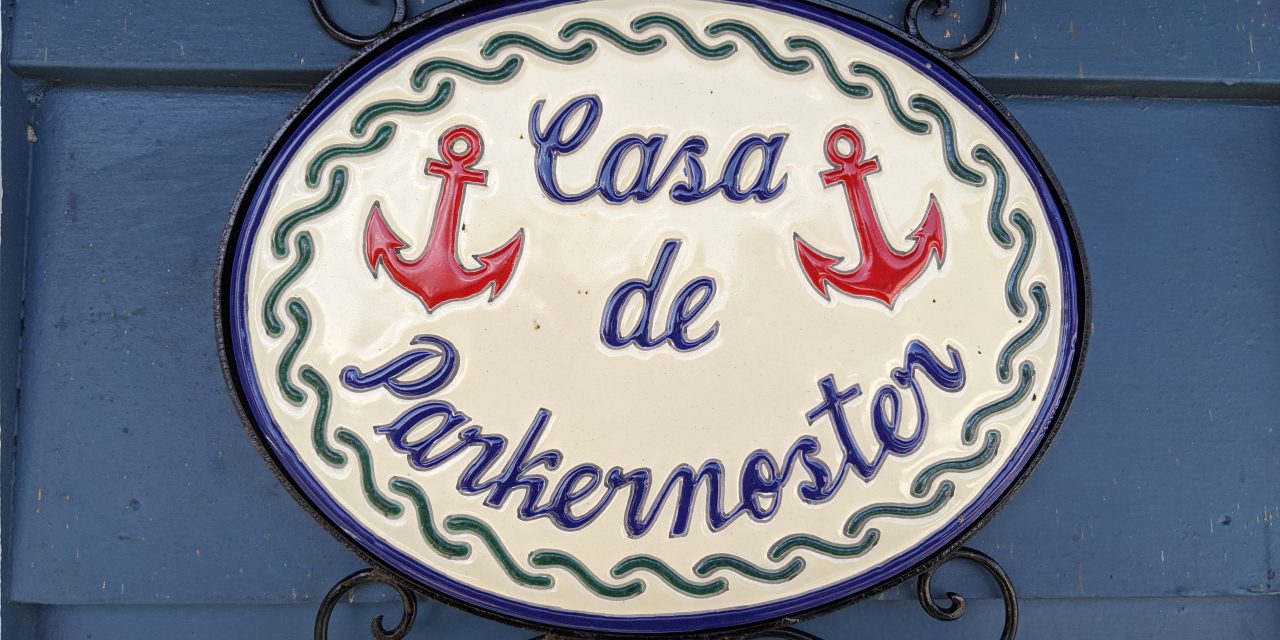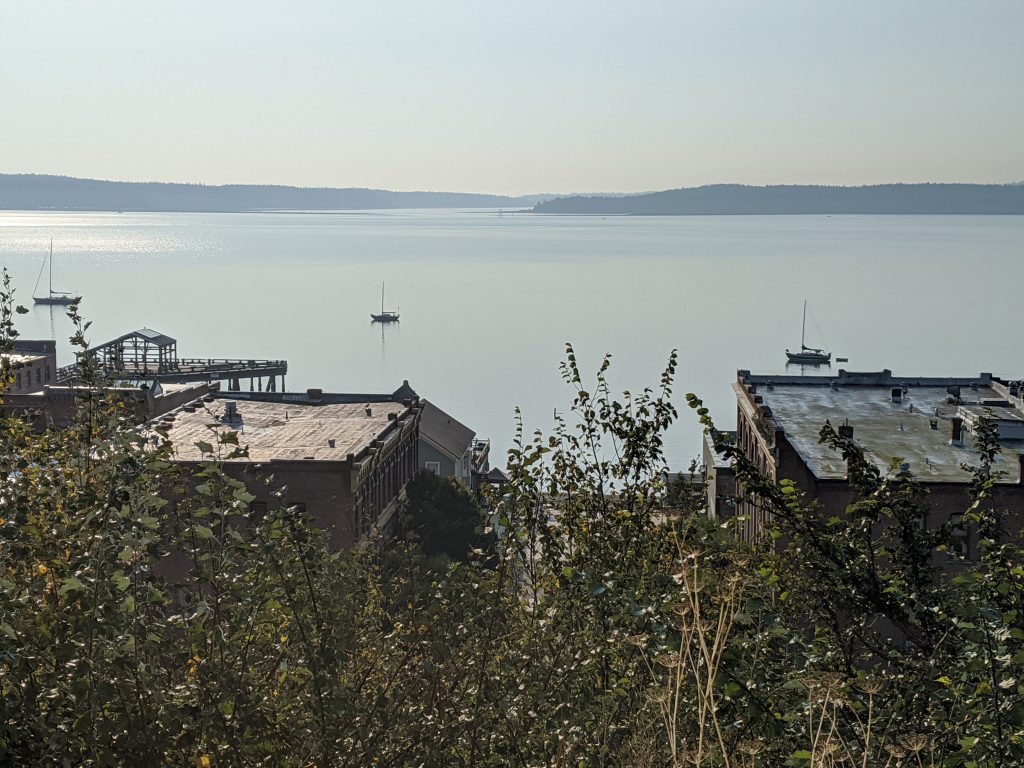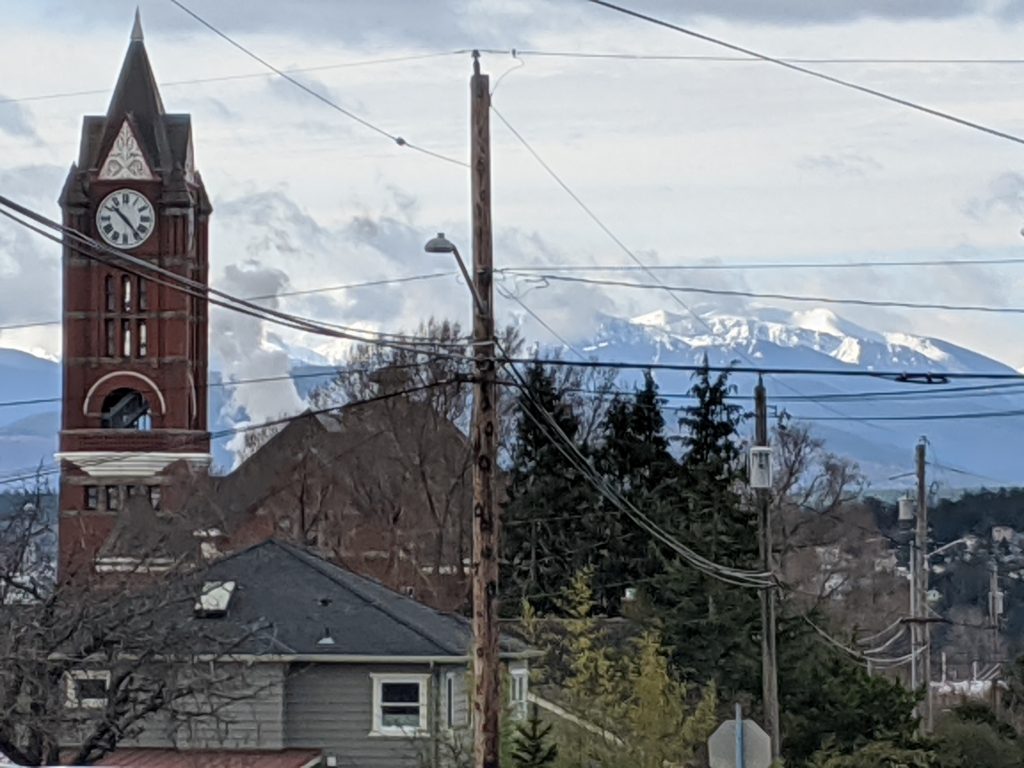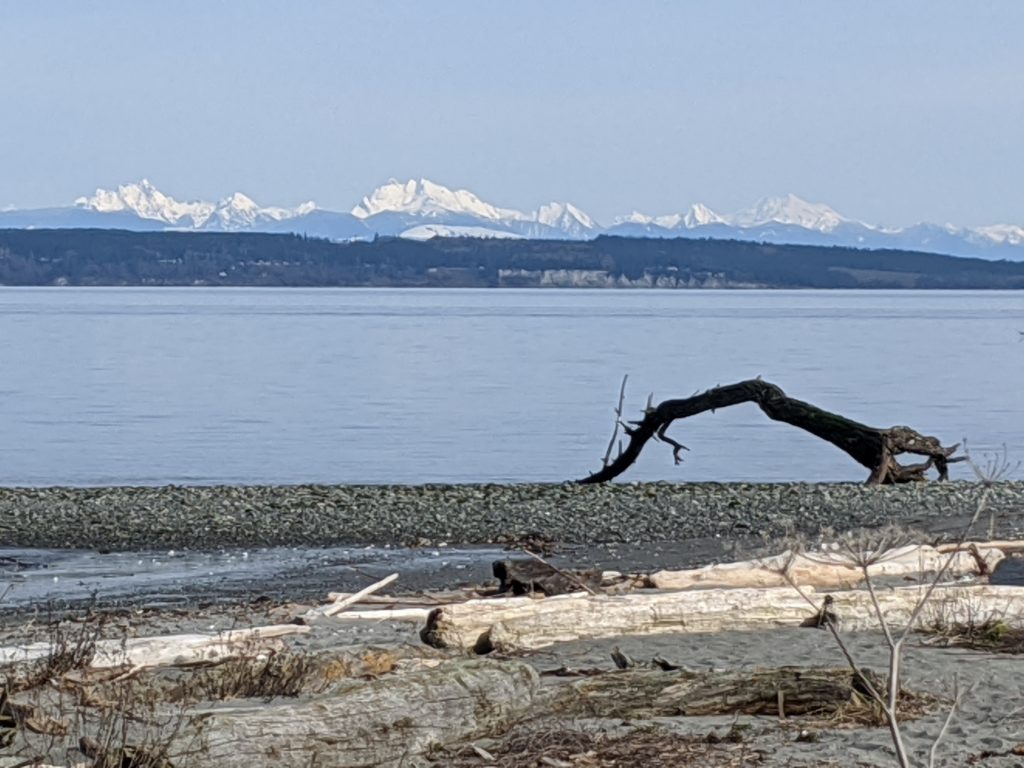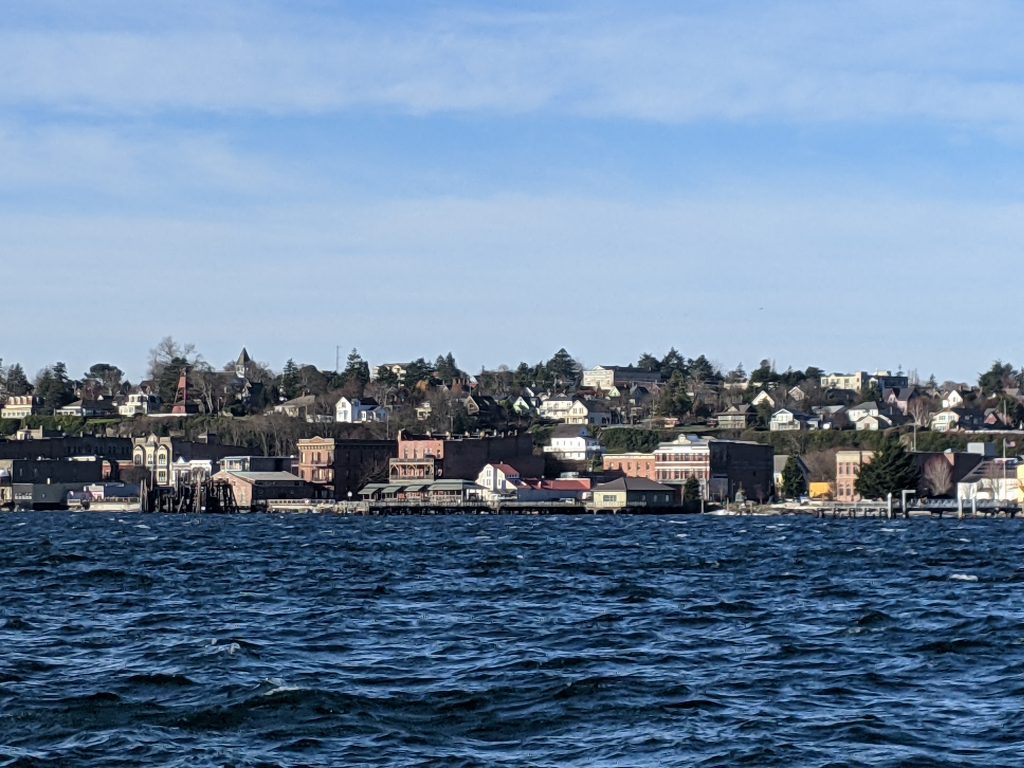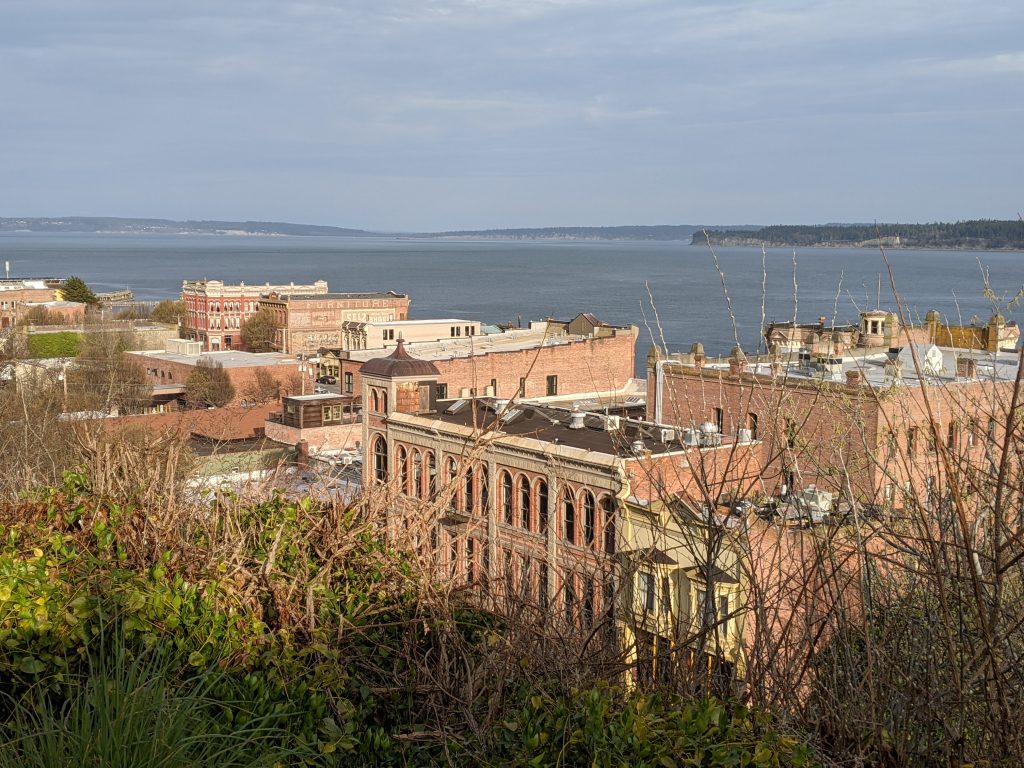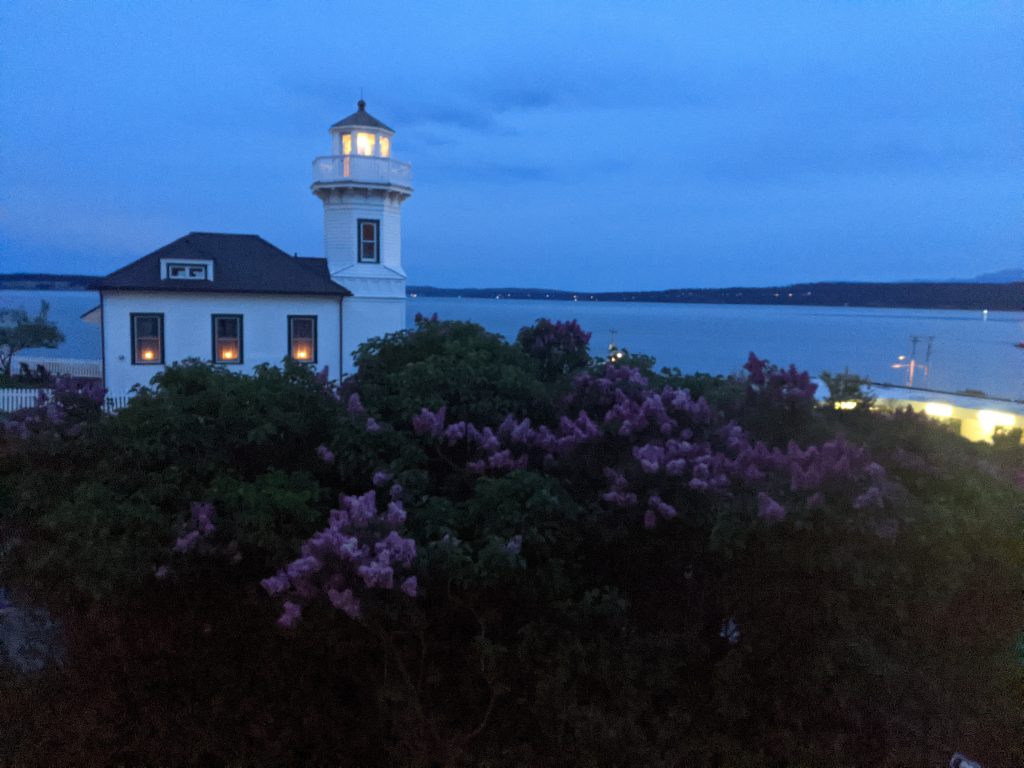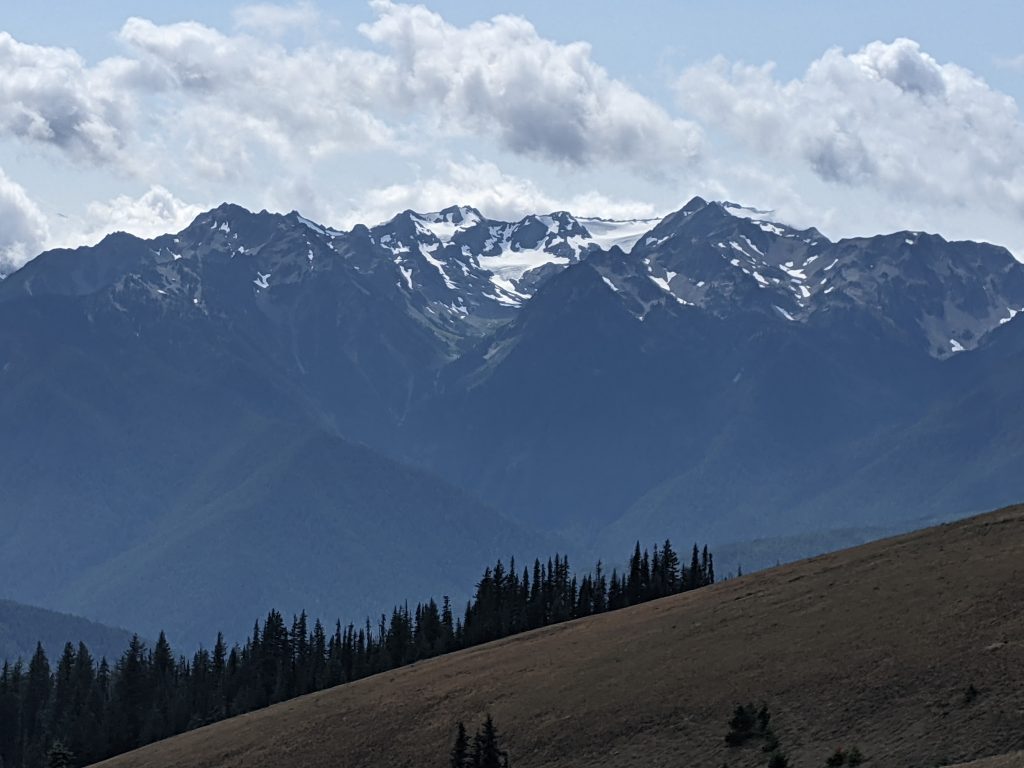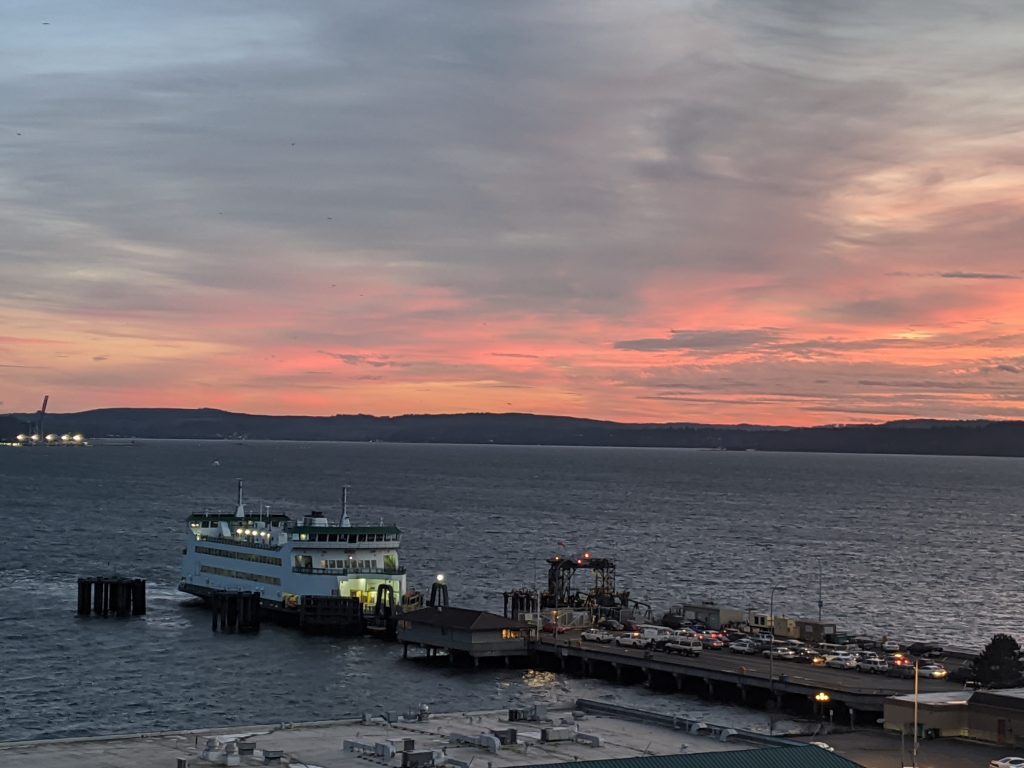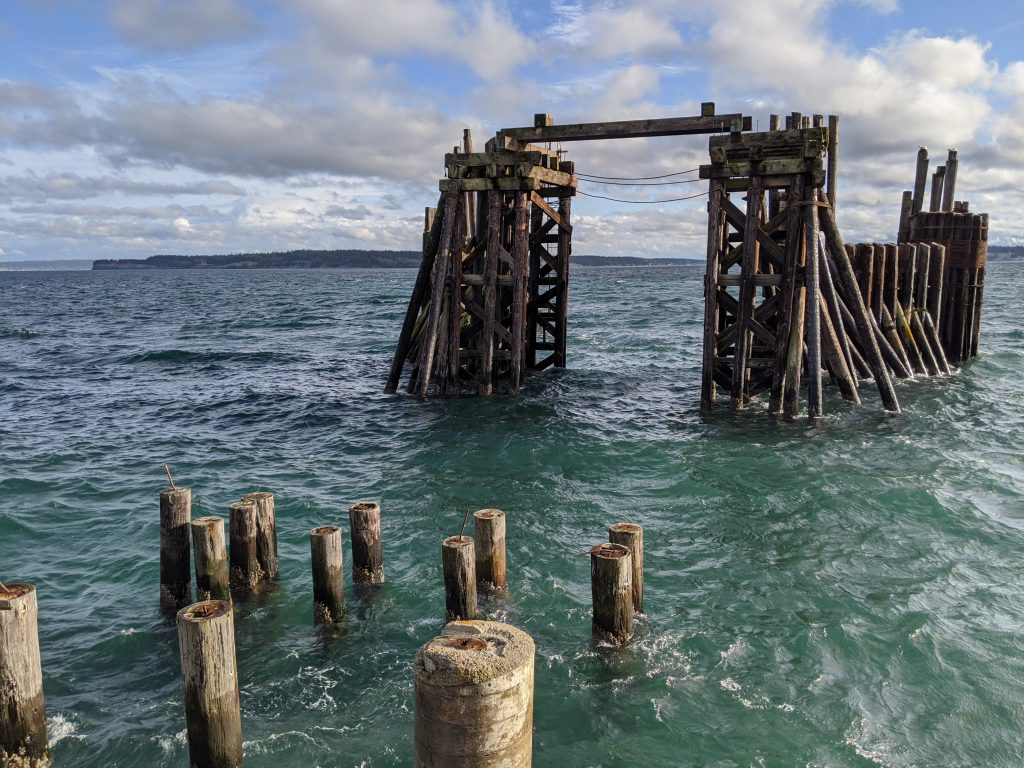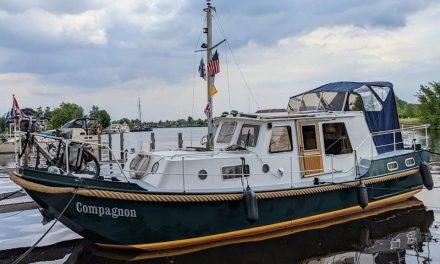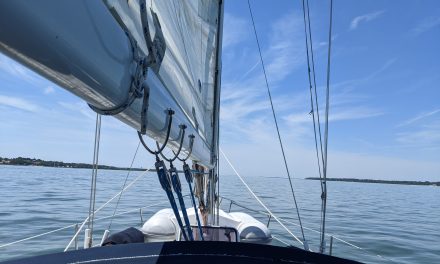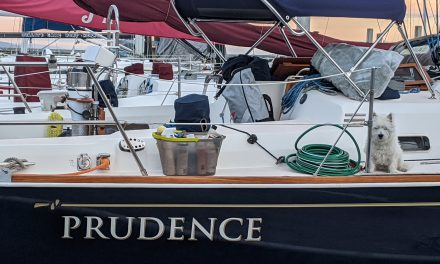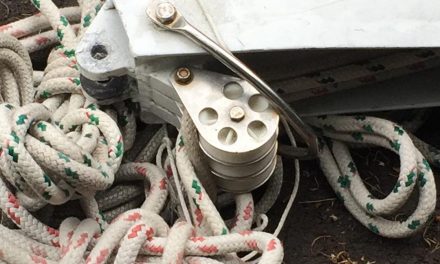I really do love living up here. This is the first time I’ve lived in the Pacific Northwest after having lived all of the country, though my parents had lived here for a while before so I used to visit a lot. Too young to really appreciate it, and it’s a totally different place east of Seattle than it is here on the Olympic Peninsula.
This place is stunningly beautiful. It’s a sailor’s paradise, the water is a deep dark blue, and there are mountains everywhere you look. On a clear day, we can see Mt Rainier poking up beyond Marrowstone Island, majestic and just absolutely huge. To the west of us is the Olympic National Park, where the range has snow most of the year on it, including some glaciers at the highest peaks. And, across the Juan de Fuca Strait we can see Mount Baker in all it’s glory.
Port Townsend, where we currently live, has an interesting history, having been settled by the first non-Indian settlers in 1851. With it’s proximity to the end of the Strait, and the entrance to the Puget Sound, the early settlers believed this would be a great place for the northwest terminus of the Trans-Continental Railroad. They built beautiful large Victorian-era buildings on Water Street “Downtown”, where the sailors would come in and frequent the brothels and the bars. The “moral” ended up building large Victorian houses up on the bluff above town in “Uptown”. The citizens of the town worked hard, building this town into a beautiful place, so the powers that be would choose Port Townsend, the “City of Dreams”, as the terminus. In 1873, the choice was made to go to Tacoma instead.
The town was abandoned by many people at that time, and it fell into the history books. It’s extremely rural, located on the northeastern tip of the Olympic Peninsula, in a place that is not easy to get to. Around 1960, the town started to grow again with the influx of hippies.
In 1981, Port Townsend was used as the location for the movie “An Officer and a Gentlemen”. Fort Worden, the nearby state park built in 1902, was used for most of the scenes in that movie.
As for us, we arrived to Port Townsend on October 1, 2020. I had been here in 2008 for the Wooden Boat Festival, but never thought of this place as a place to live. We were so lucky to rent one of these large Victorians in Uptown, an easy walk into Downtown, with a view of the water. There are many things we love about living up here, which is the reason we will bring our boat back up here to cruise first. I LOVE that it’s a small town, and it’s quiet. You can hear birds sing all the time, and there is not the underlying din of traffic noise that you hear everywhere you go in the Bay Area (you may not believe me, but we notice it now when we go back, even from the “isolation” of Brickyard Cove). I can walk out of the house without locking the door, and I know that when I return nobody will be in there and my stuff will still be inside. On that note, I can leave my purse in the car and go into the store, leave the car unlocked, and when I get back it will still be there. (I don’t do that often, that was a mistake the one time I did it.) I’m more in touch with nature here, whether I want to be or not.
So, why would we want to leave here?
There’s a few things I don’t like about living in Port Townsend. This town is 10,000 people, and growing constantly. Most of the people that are coming here are from California (us included). The difference between us and them is that most of those people have wads of cash to spend on real estate, and it’s driven the cost of housing here just absolutely off-the-charts crazy. This doesn’t affect us, but we do live in a town that is fully gentrified and inaccessible to the people who grew up here or work in the service industry. Those that don’t have wads of cash, or come with their own business, or who aren’t independently wealthy, have a hard time finding affordable housing. Some end up homeless. This is not a hospitable place to live for many people. Frankly, I don’t know why people keep coming here if there isn’t a place to live, but they do… I don’t want to live somewhere where the line between the “haves and have nots” is so extreme.
We live 2-2.5 hours from SEATAC in a town that doesn’t allow Uber/Lyft or good regular transportation to the airport. Given the rate that we like to travel, that’s a long way to drive. By the time I get to the airport from here, I’ve already spent more time driving than the flight takes to get back to the Bay Area!
Almost everyone in this town is a white person and they are older than we are. When we arrived, I heard a few times “it’s nice to see young people moving to town.” I’m 53 and David is 57… we’re not young. After having lived in the Bay Area for most of my adult life, peppered with some Austin Texas and Boston MA in there, I like having different cultures around. I like having options for good ethnic food to choose from. I like living amongst people who know the difference between Laotian and Thai and Cambodian food, and who can tell when someone is Japanese or Chinese or Korean. It’s actually uncomfortable to me to notice when I see one African-American person a month. I get a lot out of interacting with different cultures, and learning from other people that didn’t grow up the way I did.
Washington is a very white state, and we chose to live in the whitest town in the state. Having said that, if we could afford it, I could see us settling up here someday. Maybe.

